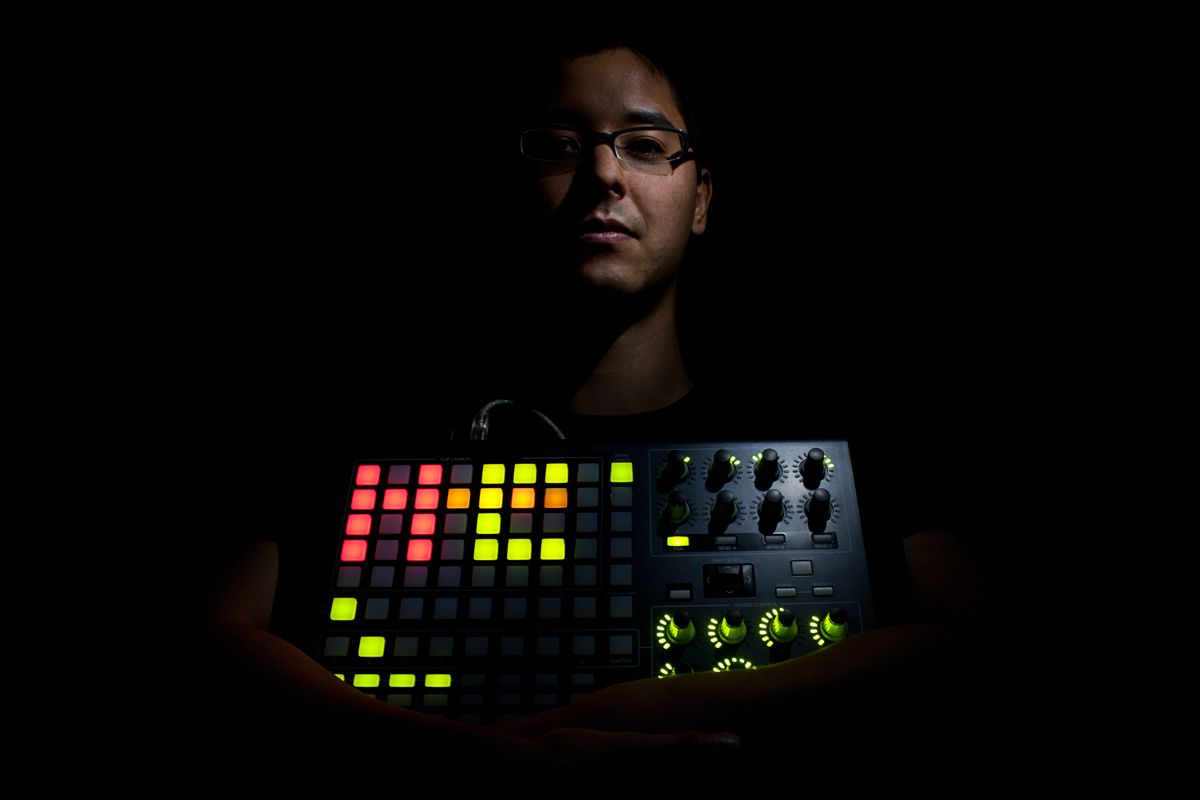

Try it with Post Quantizer turned off in Polyform's Options tab.Īs the generated sequence plays, small white dots appear above some of the white and blue Chord Quality buttons in the Main tab of the View section. Select the Main tab in the View section and then play C3 repeatedly on your MIDI keyboard. Arm the new track for recording and ensure the Polyform track's Monitoring mode is set to 'In' or that the track is also armed.Ħ. The settings on the other tabs and the settings of the six knobs at the bottom right of the display apply in real time.ĥ. The settings in the Tweaks tab of the View section as well as the events' chord voicings are locked in once you've generated a sequence. The currently selected event will be shown in white.Ĥ.

(The Length knob's range is two to 16 and eight is the default.) One horizontal bar represents a single note and three horizontal bars represents a chord, which may contain as many as seven notes. Click the Generate button and you'll see eight 'events' in the top-right display.

This will create a new MIDI track named 'Polyform REC' next to the Polyform track, and Polyform's output will be automatically routed to the new track for recording - insert the playback instrument on that track.ģ. Select the Options tab in the View section (centre), and click the 'Create Recording Track' button (see Screen 1, above).

(You could insert it before the instrument on an instrument track, but targeting a separate track lets you capture Polyform's output.)Ģ. Setting up Polyform can involve a bit of head scratching, so I'll start with some step-by-step basics:ġ. In either case it plays the currently selected event when it receives a note. It steps through that sequence as it receives single MIDI notes or by following Live's clock. Polyform generates a sequence of as many as 16 events each of which is either a chord, a single note or empty. For example, you could use Polyform to turn a monophonic solo or bass line into a chord part, and you could then use HEXO to 'arpeggiate' the chords in complex patterns or to create a six-track drum part with the chords assigning the kit pieces. HEXO ( uses polyphonic input to change the pitch of the notes generated by its six sequencer lanes. Polyform ( turns a monophonic note stream into polyphonic output. This month we'll have a look at a couple of Max For Live step sequencers - Polyform from Spektro Audio and HEXO from K-Devices - that respond in real time to MIDI input. Step sequencing is usually a passive process: make a few settings and let it rip. We look at two Max For Live devices that bring your step sequencing to life. You can modify generated sequences in the View Main and View Options tabs as well as with the six knobs at bottom right. The Polyform track's output is routed to the Polyform REC track to capture generated sequences.


 0 kommentar(er)
0 kommentar(er)
